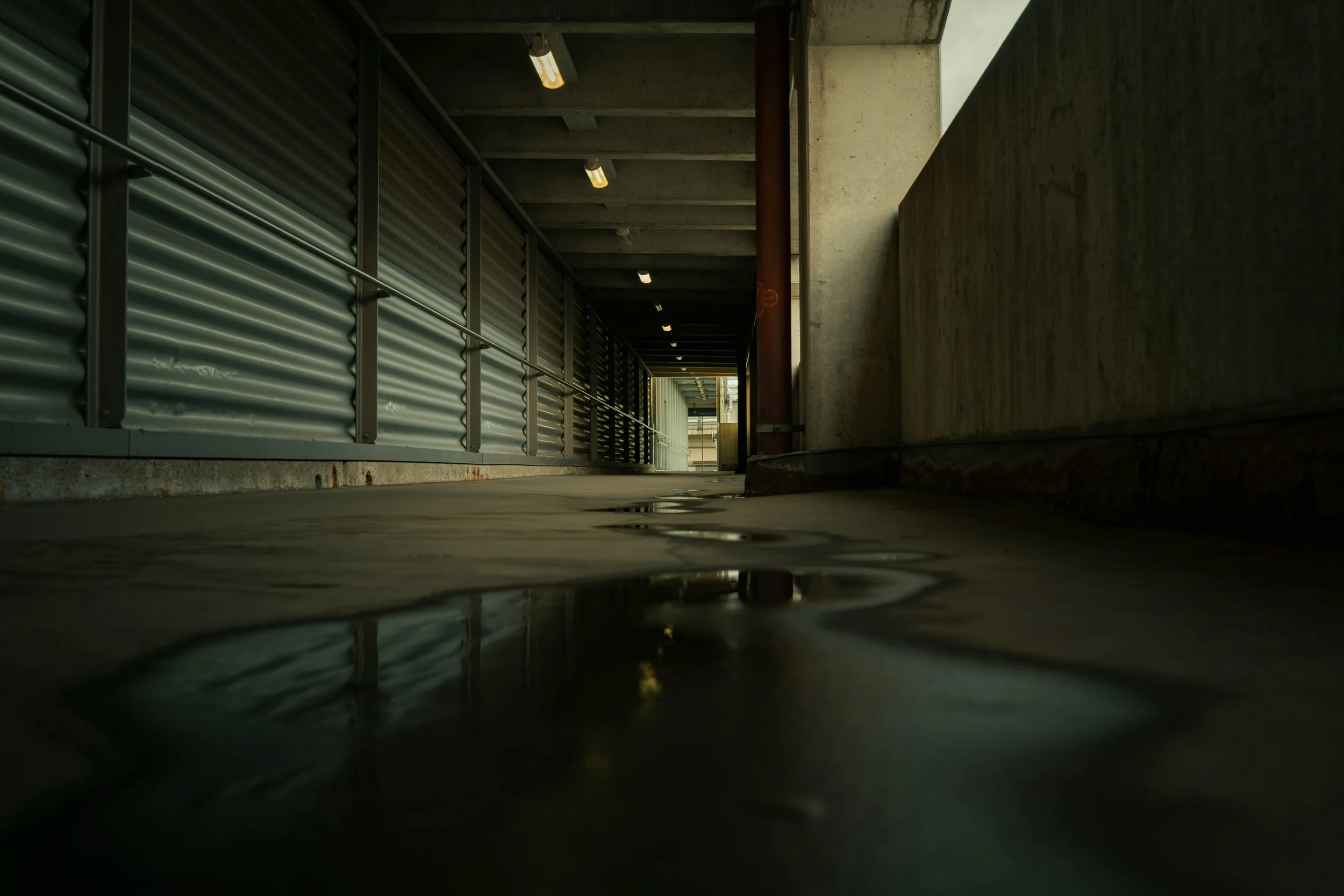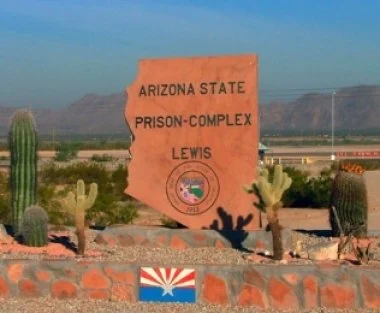Jails and prisons can be dangerous places, and sometimes it is the facility itself that is dangerous, not simply the people inside it. Facilities can be extremely dirty, leading to infections and sickness, can contain other sorts of environmental hazards, and can have physical conditions that are dangerous, leading to inmate and detainee injuries. As climate change accelerates, the unbearable and largely unmitigated heat of these places in the summertime is also potentially an issue.
A Slippery Situation: Jails and prisons can involve dangerous premises, but litigating these issues requires showing "deliberate indifference," which is more demanding than mere negligence. Photo by Michael Pointner on Unsplash.
However, premises liability arguments in jail and prison cases, like arguments around medical care in the same places, involve higher burdens than are at issue in the free world. It’s not enough simply to show that a condition was dangerous or that the staff were “negligent”: the standard that must be met is “deliberate indifference,” which is akin to knowing and willful blindness to the existence of a serious problem. (The requirements for meeting this standard under the Eighth Amendment for prisoners are different than those under the Fourteenth Amendment for pretrial detainees being held in jails. The Eighth Amendment standard requires both a “subjective” and an “objective” showing of deliberate indifference, whereas the Fourteenth Amendment standard is only “objective,” meaning that it can be satisfied if a “reasonable officer” would have recognized the risk to the detainee.)
One of the most basic challenges with these types of cases will consequently be knowing enough information in the first place about who, in particular, at the jail/prison was (or should have been) aware of the dangerous condition, and when they knew (or should have known) about the condition, so that a case can survive an almost inevitable motion to dismiss that will need to be litigated before discovery can start. Bodycamera and surveillance footage may potentially be able to establish these points, but it typically won’t be available until the case reaches discovery. Therefore, in these kinds of cases, the perceptions of witnesses and, even more so, documentation of prior complaints about the dangerous condition are critical for success.


